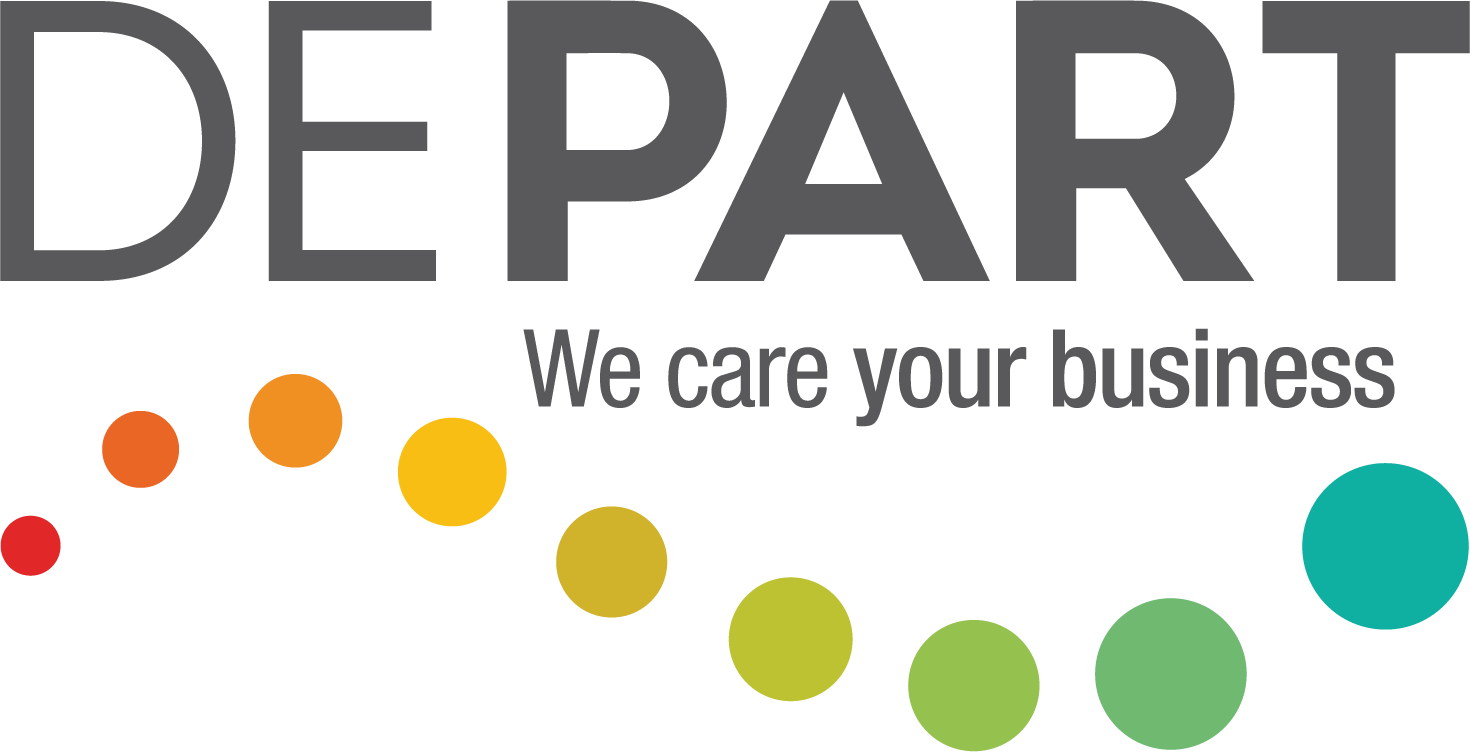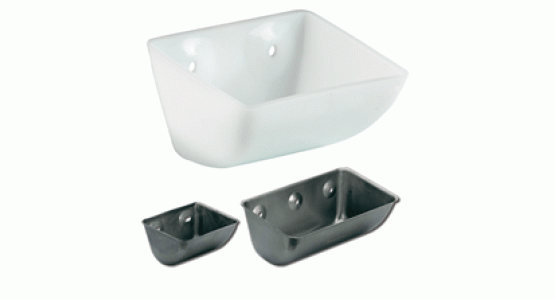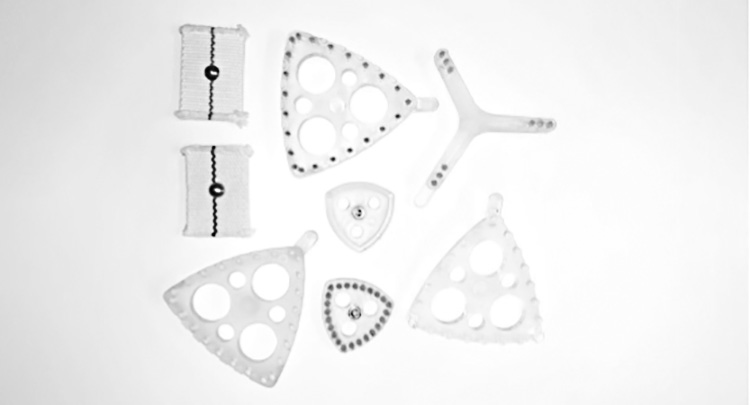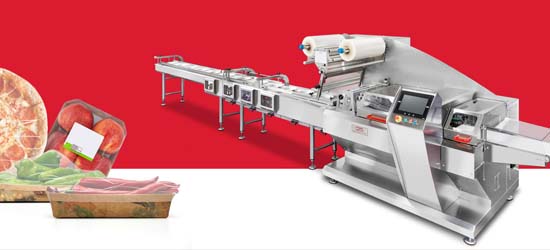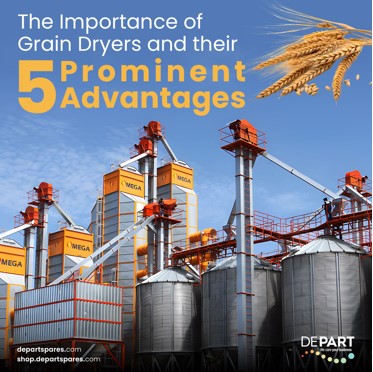
Considered one of the oldest technologies from ancient times to the present day, the processing of wheat into flour has evolved and modernized due to the rapid progress in industry and technology. The only question that has not changed from past to present is: how to optimize the most functional and profitable milling conditions to obtain consistent and high quality flour.
The quality of wheat in the milling process varies depending on many factors, even after it has been harvested. This brings different challenges at each stage of the milling process. Today, the use of artificial intelligence in almost every field offers new perspectives and solutions to the miller to meet different objectives in milling. This ancient technology, which has evolved into smart milling as a result of optimization of grinding conditions with artificial intelligence, brings many advantages such as more efficient use of energy resources, resource optimization and improvement of mill performance as well as constant end product quality.
Artificial intelligence (AI), a part of computer science, is defined as a set of computer programs or algorithms designed to mimic intelligent human behavior. The number of scientific and industrial applications for the use of AI in solving problems that may be encountered in the process steps involved in the milling process (transportation, quality analysis, storage, cleaning, cleaning, blending, tempering and milling) from the selection of quantitatively and qualitatively high quality wheat to the final product, flour, is increasing.
The selection of quality wheat (in terms of physical and chemical properties), which is the first and most important of the above-mentioned process steps, may vary depending on many factors such as genetic characteristics, region, soil characteristics and climatic conditions. Fluctuations in wheat quality significantly affect flour quality and yield. Today, scientific studies in this field are focused on the determination of wheat quality at the beginning of milling by reliable, rapid and non-destructive analysis supported by AI. It was determined that wheat hardness plays an important role in predicting flour quality by utilizing the physical properties of wheat with artificial neural network (ANN) model (Sabanci et al., 2020). The data obtained from Near-Infrared Spectroscopy (NIRS) analysis of wheat chemical properties indicate that they are important guides, especially in the calculation of flour quality and yield (Assadzadeh et al., 2022; Caporaso et al., 2018). In recent years, the data obtained by using deep learning algorithms in the classification of wheat using hyperspectral images reveal promising results that shed light on making the right decision to select wheat of the desired quality at the wheat purchase stage (Unlersen et al., 2022; Zhu et al., 2023).
The most important problems encountered in the processes of transporting the harvested wheat to the factory, analyzing it, and storing it in accordance with its properties after pre-cleaning processes after it is taken to the factory; transportation time and conditions and storage time and conditions. As we mentioned at the beginning of our article, the fact that wheat maintains its vitality during transportation and storage reveals the necessity of optimizing the storage conditions very well in order to obtain a quality end product. Although keeping wheat bulk temperature (less than 15°C) and moisture content (less than 14%) under control during storage is preventive for microorganism and insect growth up to a certain point, keeping controlled storage conditions stable for long periods increases storage costs. Current AI research on wheat transportation and storage conditions focuses on variables that take into account storage time, environmental conditions and grain quality during wheat storage. In studies to increase yield by predicting flour yield and quality, an increase of 0.13% in flour yield was achieved using combinations of statistical and AI applications such as regression analysis, principal component selection (PCA), cluster analysis and analysis of variance. This value economically corresponds to an increase of approximately 5% in average daily milling input (González-Torralba et al., 2013; Kibar, 2015).
It shows that current AI research on storage conditions of wheat is focused on minimizing the cost of wheat ragging while achieving a satisfactory flour quality. AI-supported scientific studies on this subject have focused on the optimization of wheat ragging process at the most cost-effective and highest quality by linear regression analysis, taking into account the quality characteristics (bread volume) of breads to be obtained from flour, the end product of milling (Hayta & Çakmakli, 2001).
The tempering process, which is applied to increase milling efficiency and effectiveness by bringing the moisture level of wheat grain to a certain level before milling and controlled by many variables (grain properties, ambient moisture and temperature, resting time, storage conditions after tempering, etc.), remains an interesting subject for scientific studies today. AI applications combined with statistical analyses (multiple regression analysis, ANOVA, ElasticNet regression model, etc.) are based on the principle of evaluating the influence and interaction of several independent variables on a single dependent variable. Using this method, it is supported that there is a strong relationship between, for example, moisture content and important properties of flour such as color, quality, yield, particle distribution, milling characteristics and bread quality. When the moisture content of wheat increases, flour quality increases while yield decreases (Cappelli et al., 2020; Doblado-Maldonado et al., 2012; Kweon et al., 2011; Parrenin et al., 2022; Warechowska et al., 2016).
The milling stage (crushing, sieving, sizing, fining), which is the last step of the milling process, aims to obtain the maximum quality and quantity of flour. At this point, AI applications aim to increase the yield of the final product and take into account raw material properties, design of the rolls and operating conditions as the most important input parameters. Modeling studies on the prediction of flour particle size distribution, which is an important factor in determining milling performance and flour quality, and experimental and simulation studies on the optimization of roller gap settings (µm), the interaction of wheat flow rate (kg/h) and moisture content (%) values are increasing (Campbell et al., 2001; Campbell & Webb, 2001; Fang & Campbell, 2003).
In the light of the scientific literature, the tools used in AI are mainly centered around statistical analysis and regression models. Deep learning models offer millers better perspectives on optimizing various processes that no longer have linear relationships. Deep learning techniques are beginning to be used in grain image analysis, providing tools to quickly detect and classify wheat grains based on variety and visual appearance. These tools are mostly related to the quality control of grains, which affects the quality of the flour produced, and to the blending of different wheats. At this point, four main areas of research emerge that are of great interest to the miller to optimize the wheat milling process: energy saving, sustainable quality, resource optimization and mill performance.
The new research areas identified in this review are very promising and future scientific work will undoubtedly focus on these areas. Further research will lead to the development of more connected and smarter wheat mills through the use of artificial intelligence to optimize the process for a specific purpose.
DEPART for better solutions…
Doç. Dr. Seçil UZEL
Bibliography
Assadzadeh, S., Walker, C. K., McDonald, L. S., & Panozzo, J. F. (2022). Prediction of milling yield in wheat with the use of spectral, colour, shape, and morphological features. Biosystems Engineering, 214, 28–41. https://doi.org/10.1016/j.biosystemseng.2021.12.005
Campbell, G. M., Bunn, P. J., Webb, C., & Hook, S. C. W. (2001). On predicting roller milling performance Part II. The breakage function.
Campbell, G. M., & Webb, C. (2001). On predicting roller milling performance Part I: the breakage equation.
Caporaso, N., Whitworth, M. B., & Fisk, I. D. (2018). Near-Infrared spectroscopy and hyperspectral imaging for non-destructive quality assessment of cereal grains. Applied Spectroscopy Reviews, 53(8), 667–687. https://doi.org/10.1080/05704928.2018.1425214
Cappelli, A., Oliva, N., & Cini, E. (2020). A Systematic Review of Gluten-Free Dough and Bread: Dough Rheology, Bread Characteristics, and Improvement Strategies. Applied Sciences, 10(18), 6559. https://doi.org/10.3390/app10186559
Doblado-Maldonado, A. F., Pike, O. A., Sweley, J. C., & Rose, D. J. (2012). Key issues and challenges in whole wheat flour milling and storage. Journal of Cereal Science, 56(2), 119–126. https://doi.org/10.1016/j.jcs.2012.02.015
Fang, C., & Campbell, G. M. (2003). On Predicting Roller Milling Performance IV: Effect of Roll Disposition on the Particle Size Distribution from First Break Milling of Wheat. Journal of Cereal Science, 37(1), 21–29. https://doi.org/10.1006/jcrs.2002.0475
González-Torralba, J., Arazuri, S., Jarén, C., & Arregui, L. M. (2013). Influence of temperature and r.h. During storage on wheat bread making quality. Journal of Stored Products Research, 55, 134–144. https://doi.org/10.1016/j.jspr.2013.10.002
Hayta, M., & Çakmakli, Ü. (2001). OPTIMIZATION OF WHEAT BLENDING TO PRODUCE BREADMAKING FLOUR. Journal of Food Process Engineering, 24(3), 179–192. https://doi.org/10.1111/j.1745-4530.2001.tb00539.x
Kibar, H. (2015). Influence of storage conditions on the quality properties of wheat varieties. Journal of Stored Products Research, 62, 8–15. https://doi.org/10.1016/j.jspr.2015.03.001
Kweon, M., Slade, L., & Levine, H. (2011). Solvent Retention Capacity (SRC) Testing of Wheat Flour: Principles and Value in Predicting Flour Functionality in Different Wheat-Based Food Processes and in Wheat Breeding—A Review. Cereal Chemistry, 88(6), 537–552. https://doi.org/10.1094/CCHEM-07-11-0092
Parrenin, L., Danjou, C., Agard, B., & Beauchemin, R. (2022). Predicting the moisture content of organic wheat in the first stage of tempering. IFAC-PapersOnLine, 55(10), 678–683. https://doi.org/10.1016/j.ifacol.2022.09.484
Sabanci, K., Aydin, N., Sayaslan, A., Sonmez, M. E., Aslan, M. F., Demir, L., & Sermet, C. (2020). Wheat Flour Milling Yield Estimation Based on Wheat Kernel Physical Properties Using Artificial Neural Networks. International Journal of Intelligent Systems and Applications in Engineering, 8(2), 78–83.
Unlersen, M. F., Sonmez, M. E., Aslan, M. F., Demir, B., Aydin, N., Sabanci, K., & Ropelewska, E. (2022). CNN–SVM hybrid model for varietal classification of wheat based on bulk samples. European Food Research and Technology, 248(8), 2043–2052. https://doi.org/10.1007/s00217-022-04029-4
Warechowska, M., Markowska, A., Warechowski, J., Miś, A., & Nawrocka, A. (2016). Effect of tempering moisture of wheat on grinding energy, middlings and flour size distribution, and gluten and dough mixing properties. Journal of Cereal Science, 69, 306–312. https://doi.org/10.1016/j.jcs.2016.04.007
Zhu, J., Li, H., Rao, Z., & Ji, H. (2023). Identification of slightly sprouted wheat kernels using hyperspectral imaging technology and different deep convolutional neural networks. Food Control, 143, 109291. https://doi.org/10.1016/j.foodcont.2022.109291
